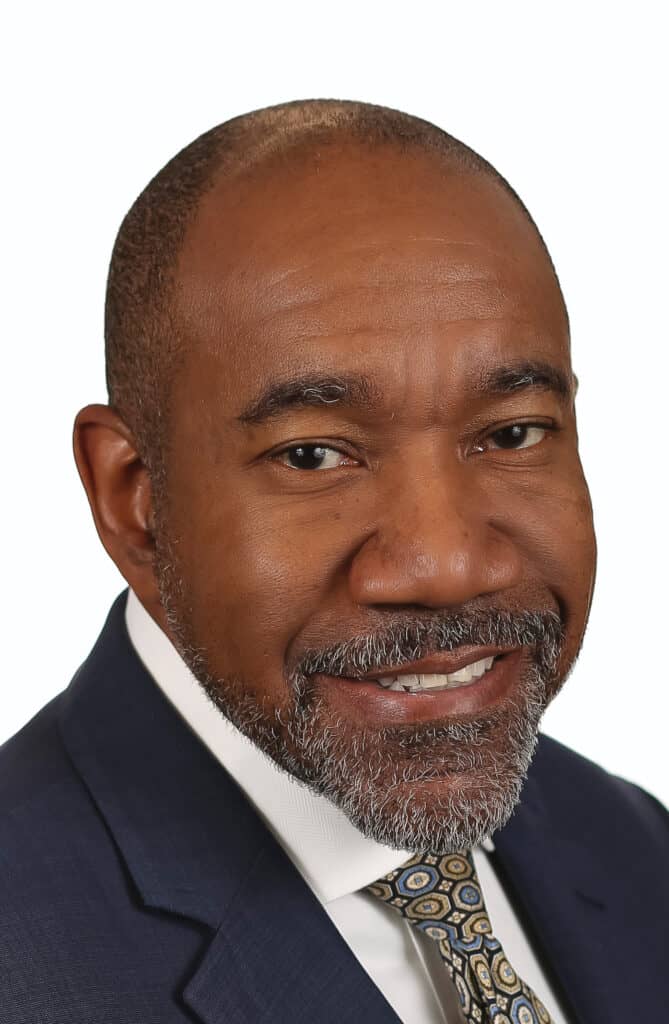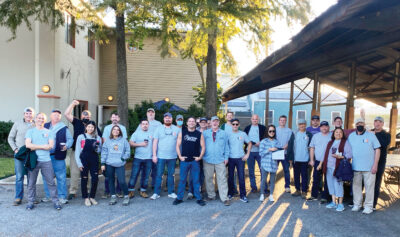
The remodel and repair segment of the lumber niche has boomed in recent years. This portion of the Hardwood space has not always been sizable, but in the past few years, the industry has seen rapid growth in the remodel and repair segment.
What is driving this growth? During the pandemic, we experienced a massive societal reconsideration of home and office spaces. Remodeling became commonplace as people sought new ways to use and, in some cases, show off their homes and commercial buildings. As we have moved past the pandemic and interest rates have continued to rise, we have seen this trend continue as homeowners look to add value to their homes with wood-based products.
While there is much to celebrate in the Hardwood space today, as we head into 2024, there are a few headwinds to consider. Supply chain shortages, talent challenges and inflation still loom large as threats to business. Weather-related claims, auto claims and insure-to-value issues are rising in frequency. Heading into the new year, Hardwood businesses should take time to examine the obstacles ahead and properly prepare for the risks on the horizon.
Examining The Challenges In The New Year
As has been the case for several years, supply chain shortages remain. Whether renovating or replacing equipment, the downtime to find new parts and machinery is much more extreme. What used to be a one-year turnaround now can take around two to three years. Hardwood businesses used to be able to turn to the refurbished market for additional options, but those resources have been largely exhausted in the wake of the pandemic.
Inflation and employment issues have raised additional challenges. Due to the supply chain and talent crises, it is more expensive today to rebuild a structure than two years ago, or even six months ago. This has created some significant gaps in insurance to value. Hardwood businesses are finding their buildings and equipment are not valued at the proper level. This has caused some sticker shock, where insureds are often unprepared for the significant cost to replace and rebuild in the event of a loss.
Talent has also impacted the claims side. We are seeing more auto claims caused by staffing issues. Hardwood businesses have had a hard time hiring and maintaining good drivers, leading to an increase in costly claims. Hot works safety protocols continue to be a concern in the niche too. Though the number of fire losses are down this year, ensuring that staff are properly trained and practicing sound hot works/welding safety controls is imperative to avoiding fires and other costly losses.
Perhaps the largest rise in claims we have seen has involved weather-related losses. We are seeing a major uptick, most notably in areas where we do not traditionally see storms. For example, this year, a hurricane hit the coast of California while wildfires spread in New Jersey. Areas inexperienced in these types of catastrophes have suffered major losses with long rebuild times as a result.
Addressing Business And Safety Concerns
While these are certainly major challenges for Hardwood businesses, there are several safety and business planning practices business owners can take to prepare and maintain safe operations. These include:
•Plan ahead: Planning equipment and part purchases far ahead of necessity is an important step to ensure downtimes are not too long in the event of an equipment breakdown. Whenever possible, staying ahead of supply chain shortages is critical.
•Establish a hot works program: Hardwood businesses are a frequent source of fire related incidents with the high amount of sawdust and wood present. Establishing a comprehensive hot works program similar to what PLM requires, with strict requirements for regular cleaning, fire watch, fire extinguish placement and management of potentially combustible and flammable materials is critical. Staff should be trained regularly regarding these requirements too.
•Housekeeping: Routine housekeeping is critical to limiting losses. Management should enforce a written program with routine equipment and machinery maintenance. Staff should be trained to perform daily dust clean ups across all surfaces and supervisors should conduct a weekly dust inspection to confirm staff is following the program.
•Look at your coverage: Business owners should review the amount of coverage they have and ensure they have adequate limits. Consider worst case scenarios with longer wait times for replacing equipment and plan your limits accordingly. Make sure inventory and equipment have the right value as of today to avoid sticker shock when a loss occurs.
•Pay attention to driver safety: Hiring the right staff and continuously monitoring their behavior behind the wheel is critical to driver safety. Thoroughly vet potential staff and implement continuous motor vehicle record (MVR) monitoring program to confirm they are practicing safe driver behavior. Consider implementing telematic devices in all vehicles to best ensure drivers are performing to the company’s standards of care behind the wheel. Using forward and rear facing cameras within that suite of telemetric controls can also help determine fault in the event of an incident.
•Get back to weather basics: With claims on the rise, going back to the basics is important. Examine your roof and make sure you have practiced proper roof maintenance and upkeep. Clean any shrubs or growth on buildings as well. Keep an emergency supply kit on site as well and develop an emergency response plan in the event of a weather incident.
2024 could be another year of major growth for the Hardwood industry, provided these businesses take the right steps forward. Implementing comprehensive safety practices, considering your current coverage portfolio, and following basic housekeeping and training schedules can make a major difference.
About The Author
Sean Briscoe, Pennsylvania Lumbermens Mutual Insurance Company, is assistant vice president of underwriting. Sean can be reached at sbriscoe@plmins.com or by phone at (267) 825-9262








